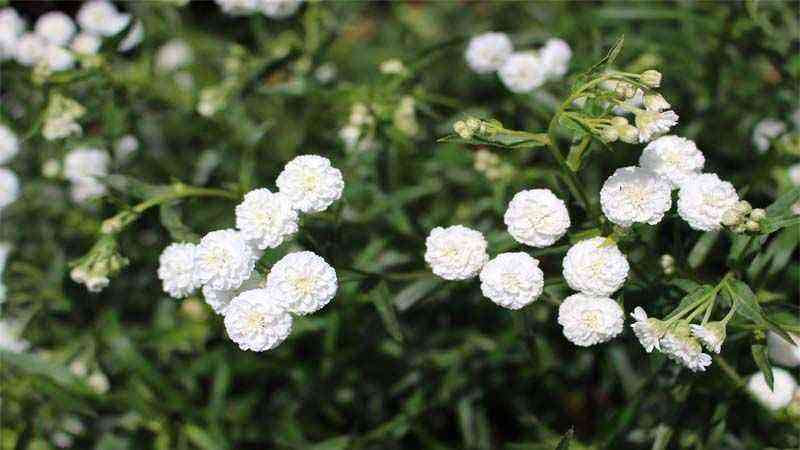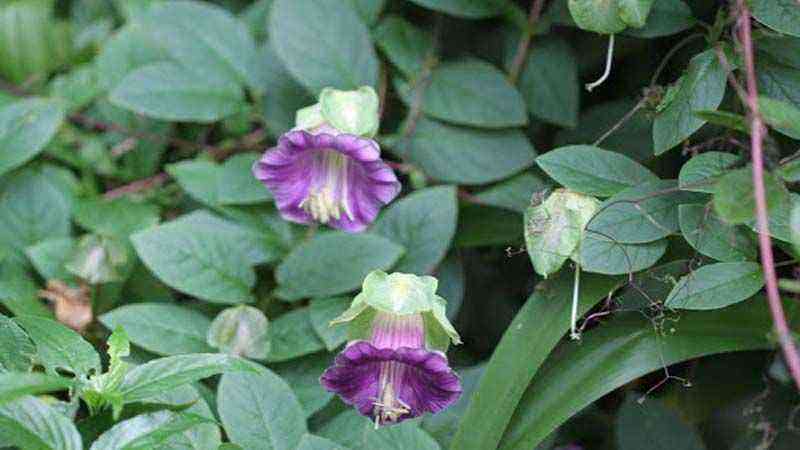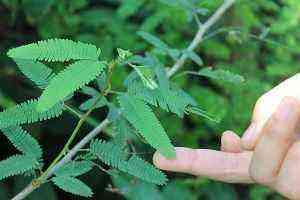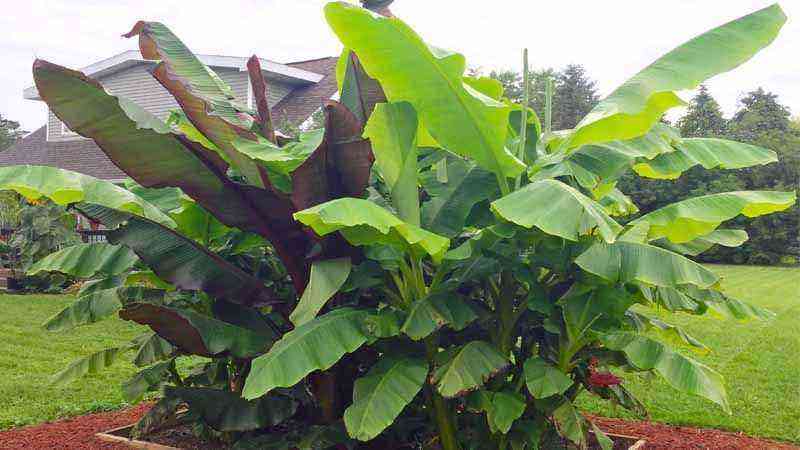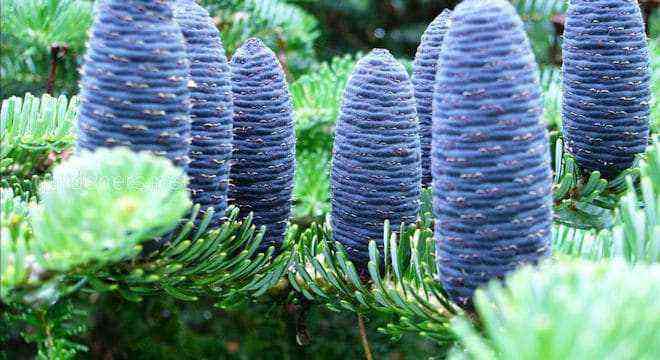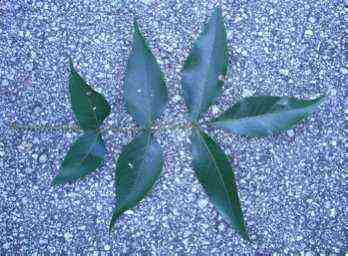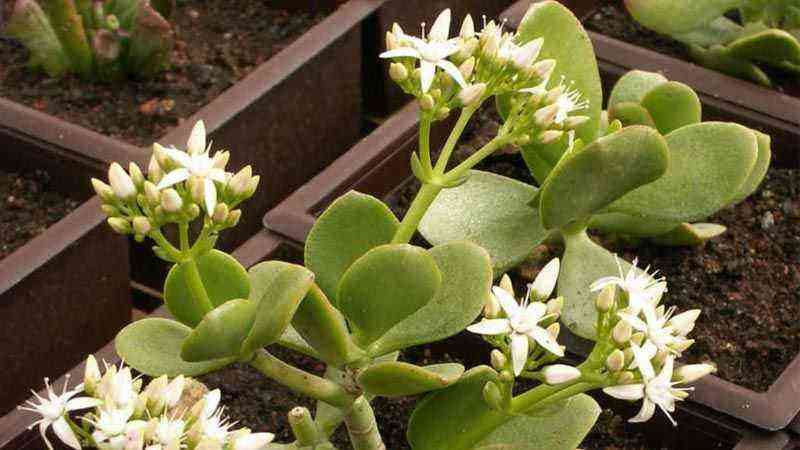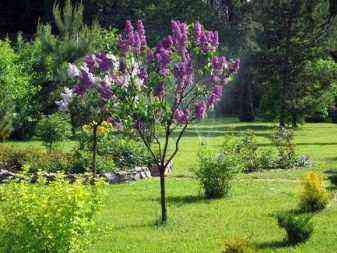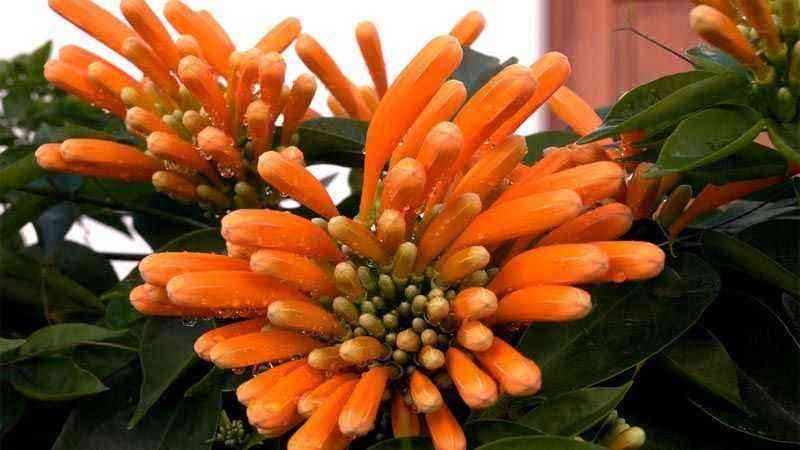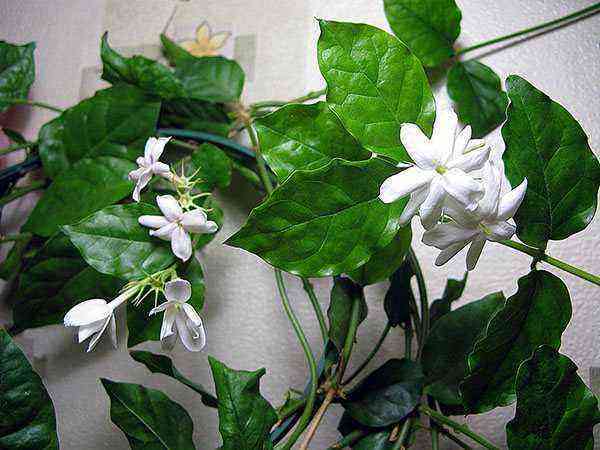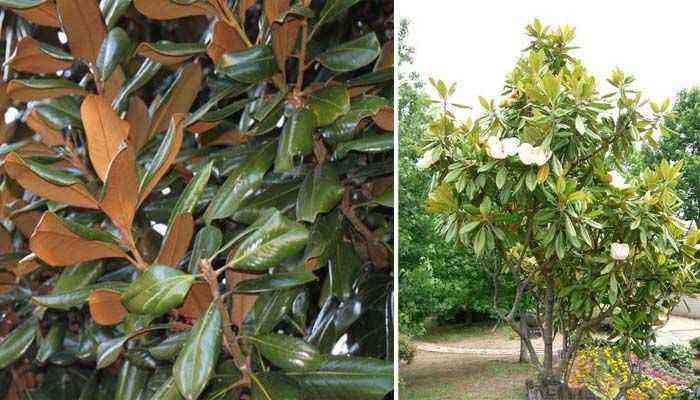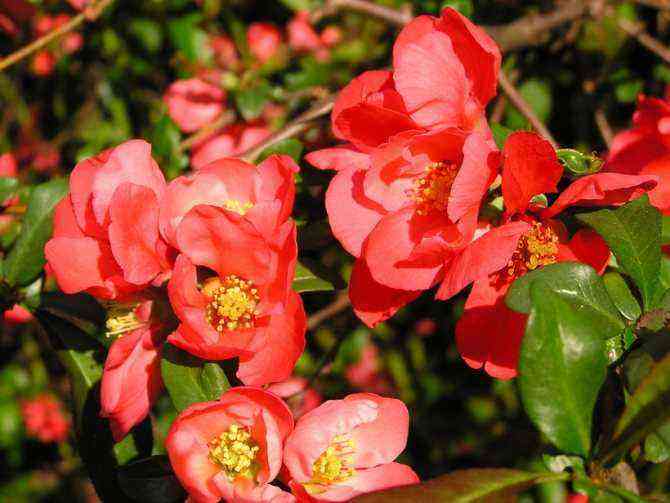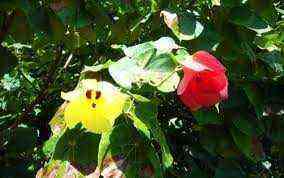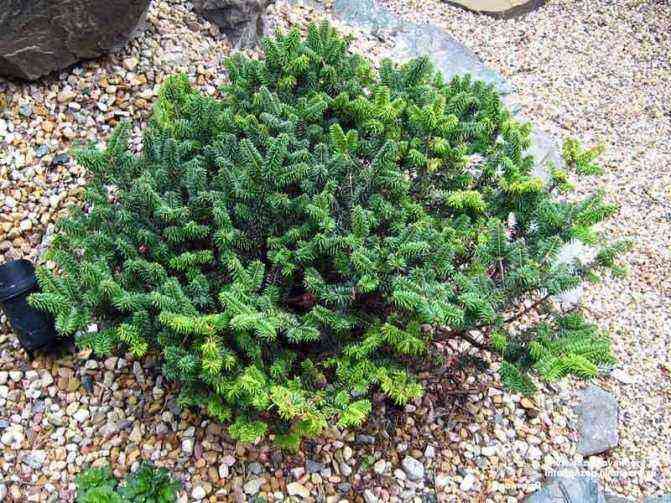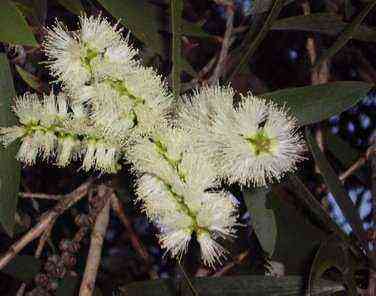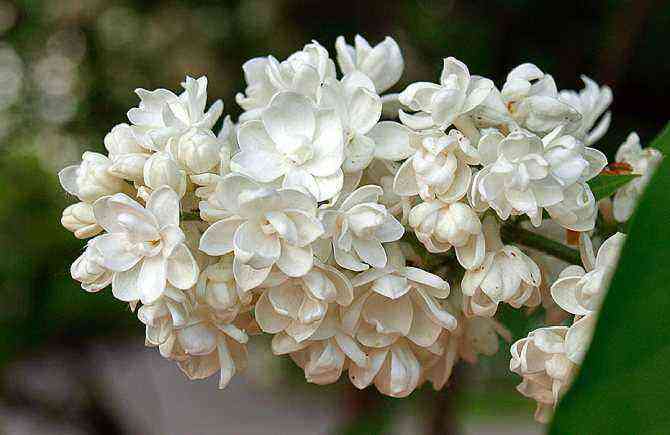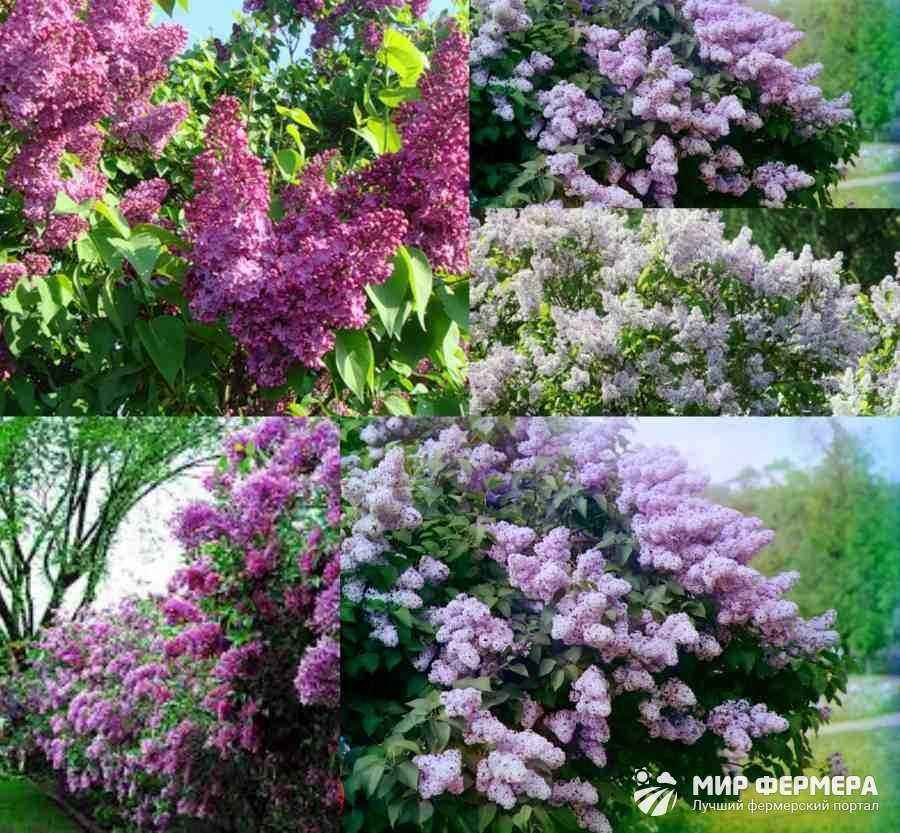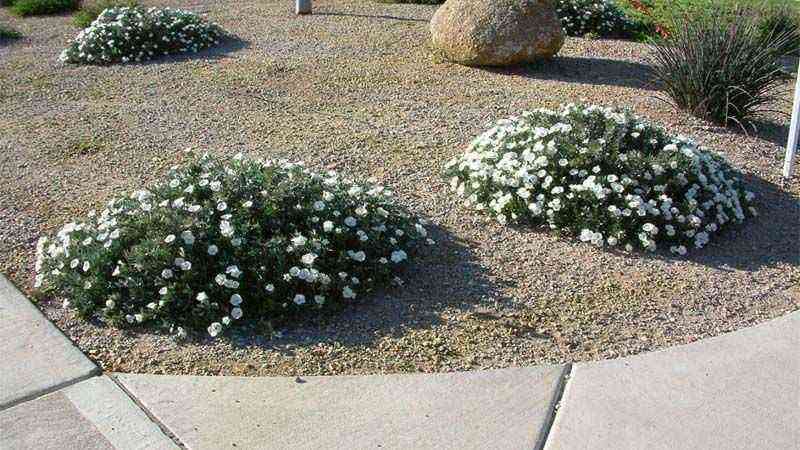We have before us the heather, an easy-to-care plant with some very clear and specific maintenance tips.
This plant, native to Europe, North Africa and even America, is widespread in outdoor cultivation for garden decoration.
However, within the classification of «Calluna vulgaris», there are also subspecies or types adapted to indoor cultivation. That is, less light, growing in pots, less root development, etc.
It has three common names, being heather the best known, although we can also hear it as heather o bierch.


Characteristics of water, soil and climate
We start from the basis that it is a tremendously rustic plant that grows in high mountain climates where many other species and genera are unable due to the harsh soil and climate conditions. It is creeping, with very woody stems and a large bloom that dresses high mountain slopes of purples, pinks and purples for a good period of time. If we enter the biodiversity page GBIF.org we can see a large concentration of heather throughout the peninsula, although it is concentrated as we can see in the most mountainous areas of the country. And yes, even if you see that in Cádiz there is a lot of concentration, do not forget that there is the Sierra de Grazalema, one of the points with the highest annual rainfall in the entire peninsula.


Distribution of Heather in Spain. GBIF.org
However, in addition to being a protected species, as we have just mentioned, there are species adapted to gardens at warmer altitudes. The cultivation needs described below refer to an optimal heather cultivation.
Climate: good sun and light
Heather is a species adapted to sunny climates. Therefore, the arrangement in your garden will be in a sunny environment.
In the event that you are looking for a subspecies adapted to the interior, the best places are in windows, sunny kitchens or corners with good entry of light.
Irrigation conditions
El heather requires frequent wateringsBut be careful not to make the mistake of rotting the plant in 2 weeks.
When we talk about frequent watering, it is to have enough humidity in the substrate or the root environment enough so that there is no moment of total dryness of the soil.
Putting numbers to the aforementioned, in stages of heat, an irrigation every 2 or 3 days, to restore humidity, and in autumn and winter, when the cold begins, every 5 days.
The simplest is insert the finger up to 2 or 3 cm from the superficial layer and manually check the humidity. If we do it a couple of times, we will already have a record of how long the water conservation lasts in the substrate or in the pot.
Keep in mind that excess humidity brings with it the development of fungi in substrates that affect the main stem and end up killing the plant in a fulminant way.
Choose a good soil or substrate
It is always mentioned with the heather the importance of getting a slightly acidic pH, at least below pH 7.
From a nutritional point of view, calcareous soils block the assimilation of micronutrients, iron being the most important microelement in heather.
The acidity of the soil or, in the case of pots, choosing a slightly acidic substrate, will keep most of the elements and microelements available for absorption.
The use of water with a pH higher than 7 (most tap water) is allowed as long as some acidic fertilizer is added later that destroys the bicarbonates and lowers the pH of the water.
Heather fertilizer
As for the subscriber, you can use Organic fertilizers (from organic matter, vegetable compost, etc.) or those from inorganic origin (ammonium nitrate, phosphoric acid, potassium nitrate, etc.).
Use phosphorus-rich fertilizers after the summer, preparing for the flowering of the heather, which will happen in the fall.
There are NPK (nitrogen-phosphorus-potassium) formulas that you can use practically all year round, like 3-1-5 balances). Make sure you never exceed 1 gram of fertilizer per liter of irrigation water (1 gr / L) in the most critical stages of development.
This will allow for powerful root development and spectacular fall flowering.
Heather care in pots


It is necessary to be aware of changing the container that wraps the substrate from time to time.
We will notice it quickly when roots that it generates exceed the holes in the pot. For this, the change will be made easily in a pot of greater diameter and depth. Make sure to previously introduce a layer of substrate so that these roots that came out of the previous pot continue their growth.
We will have to be more slopes with irrigation because evapotranspiration (the ability for water to evaporate) is higher than in conventional soil.
However, with this we have a greater risk of flooding the pot with water or leaving stagnant water in the dish and favoring the development of diseases that usually have no cure.
Heather flowering
The flowering of the heather occurs in autumn, that is why it makes it a plant with special characteristics, giving color to your garden when the rest of the plants have already flowered last spring and their leaves begin to fall (deciduous species).
All the best. Agromatic.
If we talk about heather, we talk about heather honey
If you are fond of honey, it is impossible not to mention heather honey. It is one of the most appreciated, but … why exactly? Wherever it comes from, honey is a product of bees (of the genus Apis) with approximately 85% sugar content. So where does the difference lie in a honey being rosemary, heather, lavender, thousand flowers, etc.? Mainly in the aroma. The aromas represent a tiny percentage with respect to the total of the product, but they are powerful in organoleptic qualities. heather honey is very aromatic and has some compounds that, to my taste, make it less sweet than a thousand flowers. It is not that it is less sweet but the more “bitter” aromas of heather make up for the exaggerated sweetness of others.
The key is in the high mountains and in the NO pesticides
The most common habitat of the heather on the peninsula is usually barren high mountain terrain, above the forests where there are no trees or valley plants for obvious reasons of soil and climate. At these altitudes, where almost even the oaks do not grow, the heather grows wonderfully and that ensures two main things:
- The bees that forage at these altitudes produce honeys in clean air environments.
- It is very hard to find agricultural crops at 2000 meters of altitude.


Heather honey from the Palentina Mountain
We all know the great problem that exists with bees and pesticides. The honeys produced at altitudes where agricultural crops are grown cannot ensure their purity in this sense. And it is not that heather honey can guarantee it 100% but, if we know the origin of the honey, we know that bees suck at those altitudes and the honey is a very dark brown almost black, we can assure with a very high percentage , that neither environmental pollution nor phytosanitary products are near the hives.
Do you dare to grow heather in your garden?

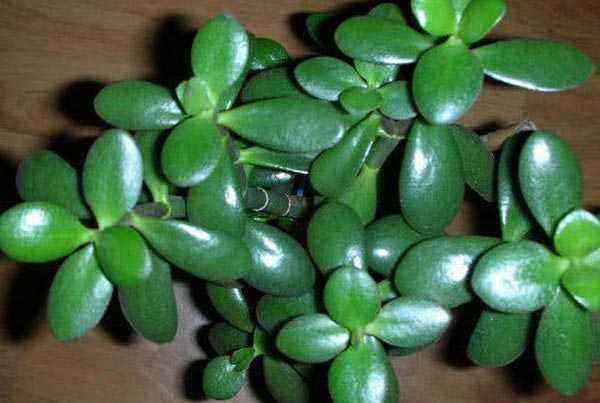
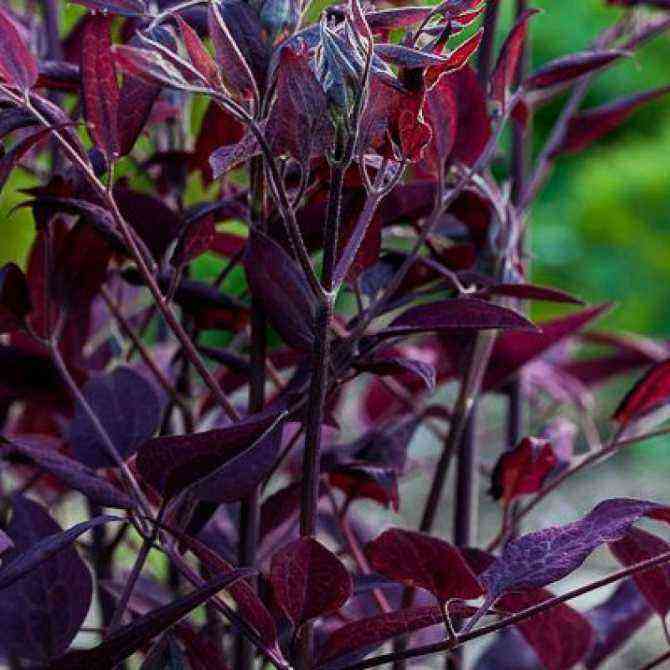

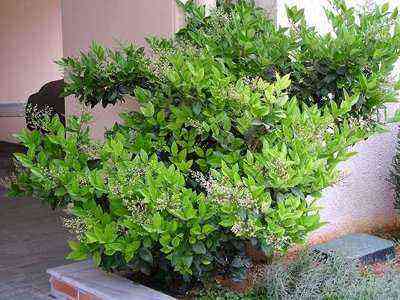

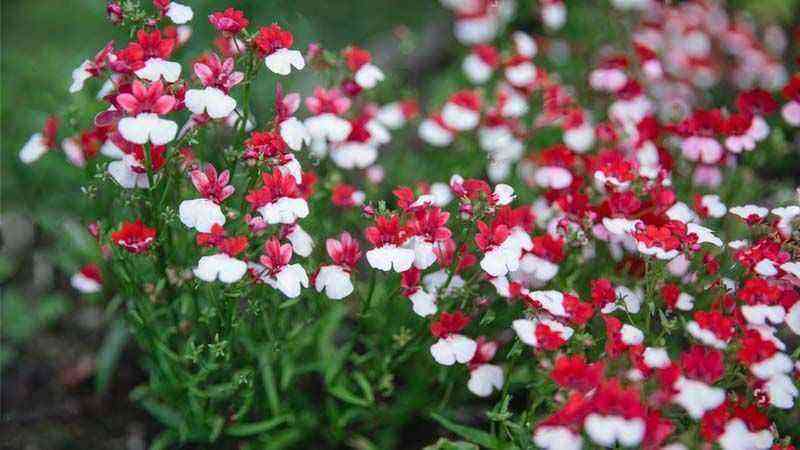
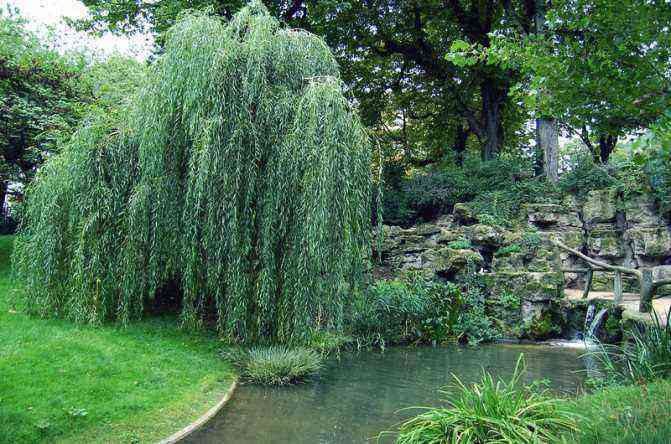
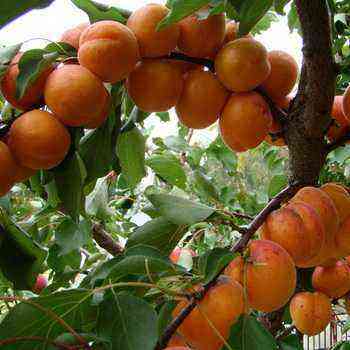
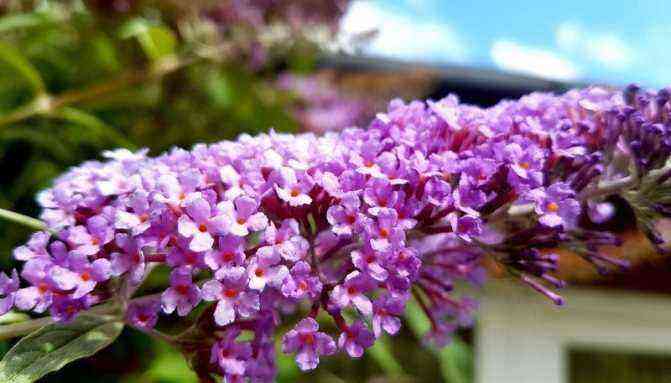
![Cultivation of Manihot esculenta [Cassava, Cassava] Cultivation of Manihot esculenta [Cassava, Cassava]](https://farmer-online.com/wp-content/uploads/2021/05/Cultivation-of-Manihot-esculenta-Cassava-Cassava.jpg)

